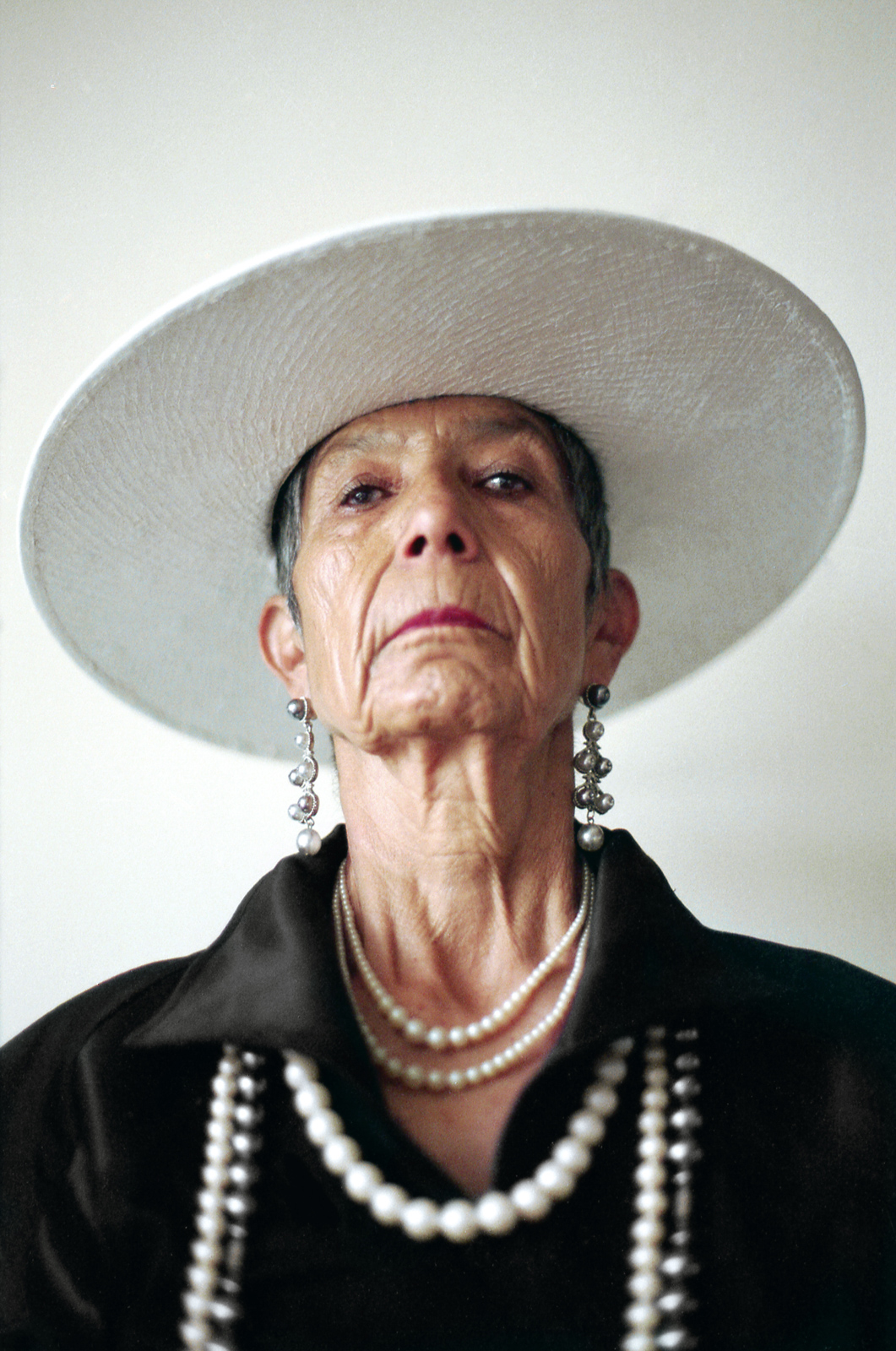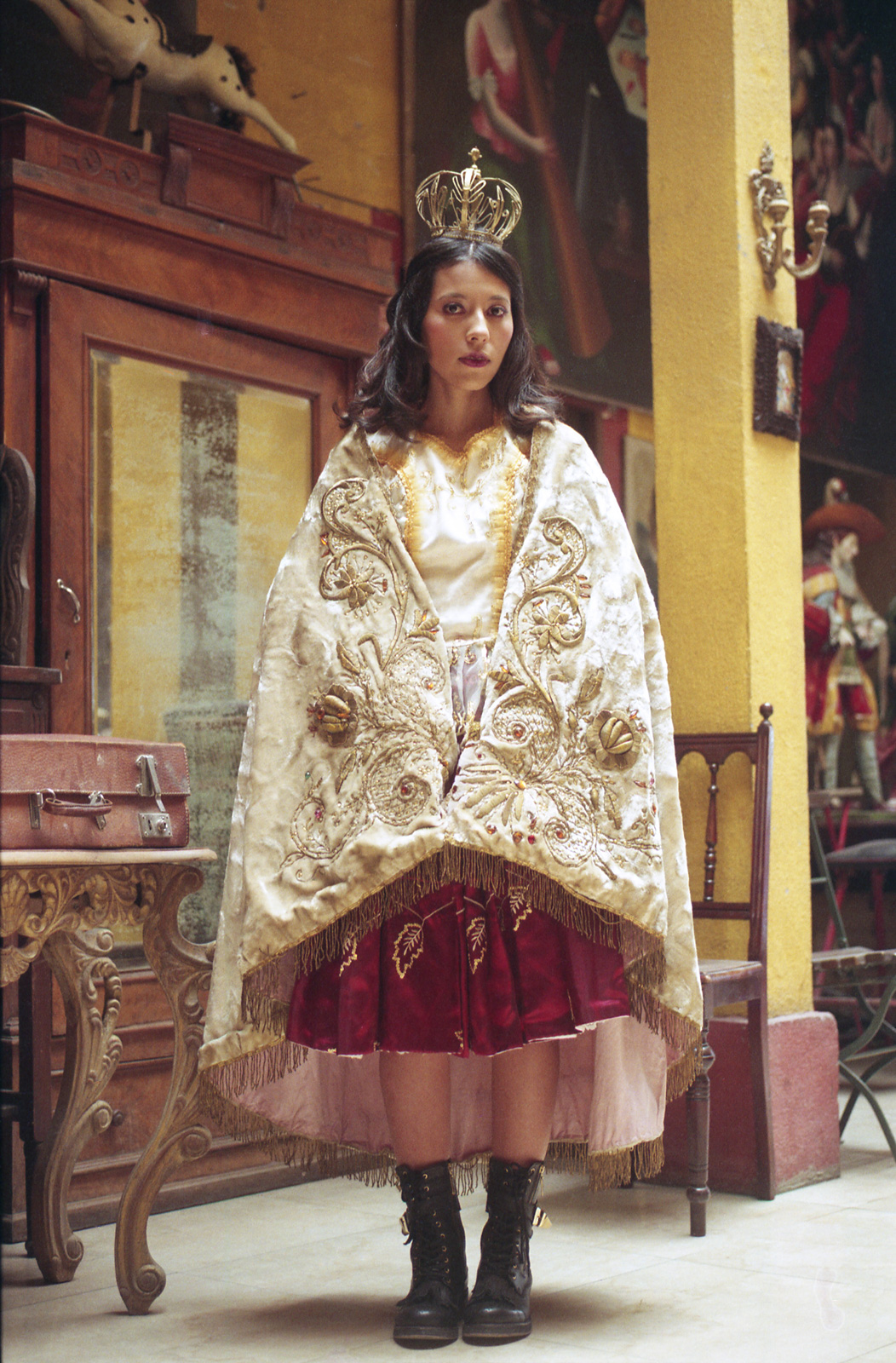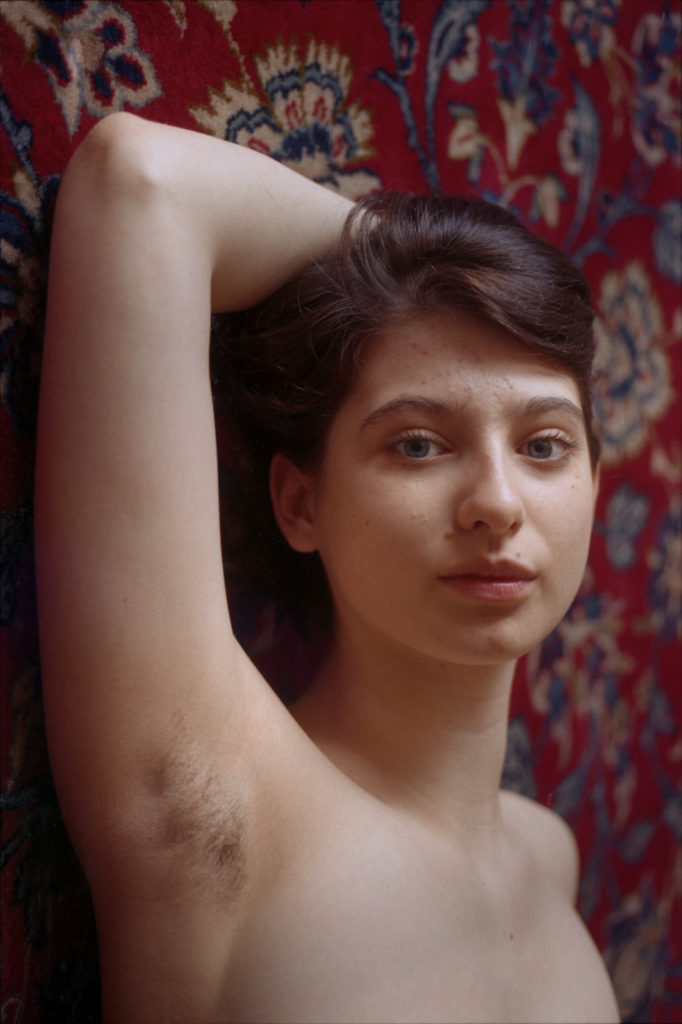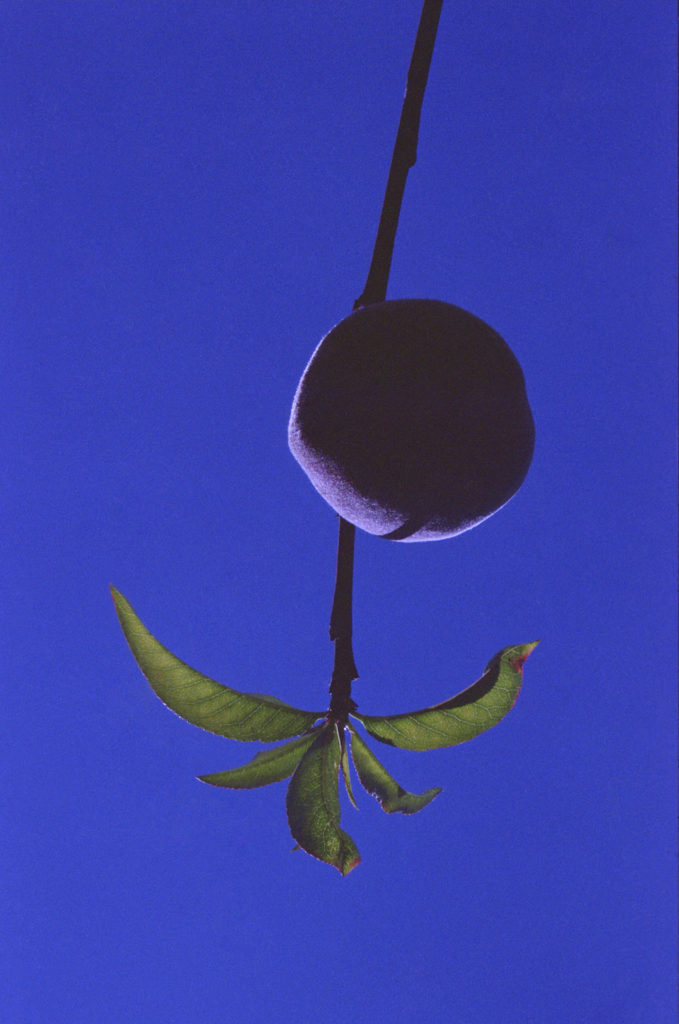Marisol Mendez is a Bolivian photographer that uses her camera to study the tension between truth and fiction, the tight relationship between what a photograph creates and the (sur)real it comes from. Unconcerned with image hierarchies, she combines lo-fi procedures with sophisticated photographic techniques to explore the dynamics between immediacy and intimacy, memory and identity.
To get started, it would be nice to know a bit about you and your background. What attracted you to the medium of photography?
I’ve always been interested in telling stories and when it came down to deciding a career path I was drawn to films, the universe that assembles many art forms. Initially I wanted to be a screenwriter, have my words become sound and image. Soon, however, I realized that to write an audiovisual piece you need to understand how an image is constructed and I had no clue. I began taking photos as a way to improve my screenwriting skills but instantly fell in love with the medium. What attracts me about photography is immediacy and how you’re challenged to create a whole atmosphere or narrative within a single frame. I eventually shifted from movie-making to photography and moved from Buenos Aires to London to pursue a Master’s in Fashion Photography. When I returned to Bolivia I was able to incorporate all the cinematographic and fashion knowledge into the stories I began to produce.
What were the key elements to your photographic education? I don’t just mean photographers and schools—I’m thinking of key life experiences or other forms of art.
I’m from and grew up in Cochabamba. Although it’s one of the largest cities in Bolivia, the atmosphere reminds me of Rulfo’s Comala. There’s a complex relationship between past and present. We’re haunted by old ghosts like colonialism, racism and traditionalism, and still life bursts chaotic, eclectic and surreal. Coming from a place that lives and breathes in all its many ironies, influenced my way of seeing and decoding reality. I learned to embrace syncretism and weave plurality into my storytelling. In terms of other art forms, I think my photographic practice is mostly influenced by my love for literature and cinema. Filmmakers like Lucrecia Martel, Claire Denis, David Lynch and Lars von Trier introduced me to subversion while writers like Julio Cortazar, Roberto Bolaño, Chris Kraus and Zadie Smith taught me the importance of layers within a narration.
How did you realize this series? Did it have a certain starting point?
Madre is my first personal project since returning to my birthplace. I had spent several years studying abroad but in Bolivia little had changed regarding the representation of women in the media which remained whitewashed and phallocentric.
To this day, Catholicism and class struggles permeate our understanding of womanhood with Catholic dogmas reinforcing society’s Madonna-Whore complex and inequality manifesting as the under and misrepresentation of indigenous and mestizo women. MADRE was conceived to challenge this embedded machismo and celebrate the diversity and complexity of my culture through the portrayal of its women. The project also became a way of engaging with an idiosyncrasy that felt familiar yet distant, a means of reconciling with my Bolivian identity. By (re)tracing my female lineage, I was able to (re)connect to my ancestry and through it (re)invent our collective history.
How did you approach the protagonists and asked them for portraits? Could you tell us about the symbolism that comes with the portraits and the process of making them?
The women in the pictures I met and connected with instinctively. Some are old friends; many became new ones. I run into them at dance lessons, coffee shops, strolls around the city, even at protests. After introducing myself I would arrange a meeting to explain my project and ask for their collaboration. I wanted to photograph Bolivian women as reinterpretations of the traditional archetypes of virgins, mothers and whores to add nuance and defy a singular vision of what femininity is. To do so, it was imperative to get acquainted with these women and their experience. The resulting images then became a collective creation, a joint effort and a solidarity stance.
You have presented Madre internationally in many festivals. Does the feedback you get from the audience vary from country to country?
When I was producing the work for MADRE, I feared it would be deemed obscure as it was enlaced with Bolivian folklore which is not widely known. However, I was surprised to learn that people from several different places found the story way too familiar. I’ve received messages where they share how the project resonated with them because they see women in their own cultures fight oppression, display resilience and inspire change. The details may vary from country to country but, at the core, the project addresses issues of inequality that are engraved into our global society. MADRE is my way of starting a conversation and I feel very glad every time someone is engaged.
I hope that if people feel connected to the narrative, if they find the photographs intriguing, they are challenged to research and look further into the Bolivian myths and mythologies that helped shape the images.
In the Madre series we see an intriguing combination of color and black & white archival images. Can you tell us a bit more about the selection of archival images?
Madre pieces together past memories and current observations to explore the influence of race and religion in shaping the perception and representation of Bolivian women. Using my family pictures was crucial for the story because these provide windows to the past. Early on in the project I realised that besides addressing the current state of things it was important to look back to understand how and why we got here. I believe that more than a record history is an ongoing reimagining of what might have been and what is to come. So, it was natural for me to intervene in the archival images as a way to contest my family history, subvert meaning and add layers of symbolism. The process of rummaging through archives allowed me to become acquainted with my genealogy and better understand who I am in relation to my female lineage and who I have become in relation to where I was born.
“I wanted to photograph Bolivian women as reinterpretations of the traditional archetypes of virgins, mothers and whores to add nuance and defy a singular vision of what femininity is.”
Some photographers prefer photobooks, while others prepare exhibitions for presenting their work. Taking into consideration your artistic activity, you choose the latter. What do you enjoy most and how did you decide which one best suits your project?
Madre has had a very welcoming reception and I feel immensely honoured every time it is selected for an exhibition. However, this is not the only way in which I’m choosing to showcase the project. I’m happy to share that, as of today, MADRE is a photobook dummy. I developed the concept and design under the guidance of Witty Books publisher Tommaso Parrillo and designer Federico Barbon during a masterclass conducted by PHmuseum. Through the process I learned about the transformative nature of a long-term personal project: how an idea can evolve, take many shapes and admit many iterations. It was very helpful to work with different formats of MADRE in parallel as this gave me a deeper understanding of my intentions and how to better manifest them.
I ultimately decided to make a photobook as this format granted the project enough space for the themes to consolidate, the styles to develop, and the relationship between the images and the subjects to emerge and embrace the viewer.
Can you give us some info about how Photography is perceived as a medium of art in your homeland?
In Bolivia photography has a lot of limitations. Stylistically, it clings to an old school style of documentation and, in terms of working conditions, institutions are scarce, incentives lacking, and facilities almost non-existent. But in spite of these difficulties, MADRE taught me that carrying out an ambitious idea has more to do with being resourceful than with having a ton of resources. I believe it’s imperative to keep generating stories from our land that transmit our unique experience of the world and grant the viewer an insider’s insight to our complex culture. In this sense, I’m really happy to see the work of super talented colleagues like Daniel Mebarek and River Claure get international recognition and visibility.
What are your next steps?
I’m still working on Madre in book form. I’ll be presenting my dummy in Bologna this September during PHmuseum Days and I’m eager to show how the project has grown and transformed. Aside from that, I formed a duo with the wonderful Argentinian photographer Monty Kaplan. We just got our first commission with 1854 and Wateraid and we’ll be photographing the water crisis in Colombia. Working with another photographer in a more documentary-oriented project is definitely a new direction that I’m excited to explore and learn from.
More on her website


















